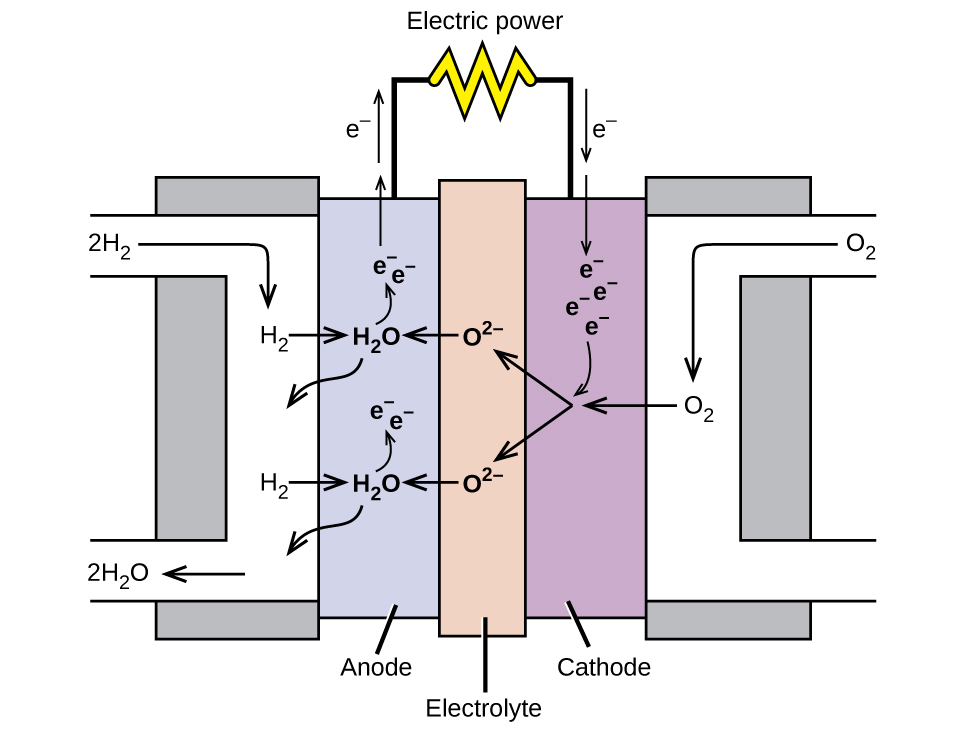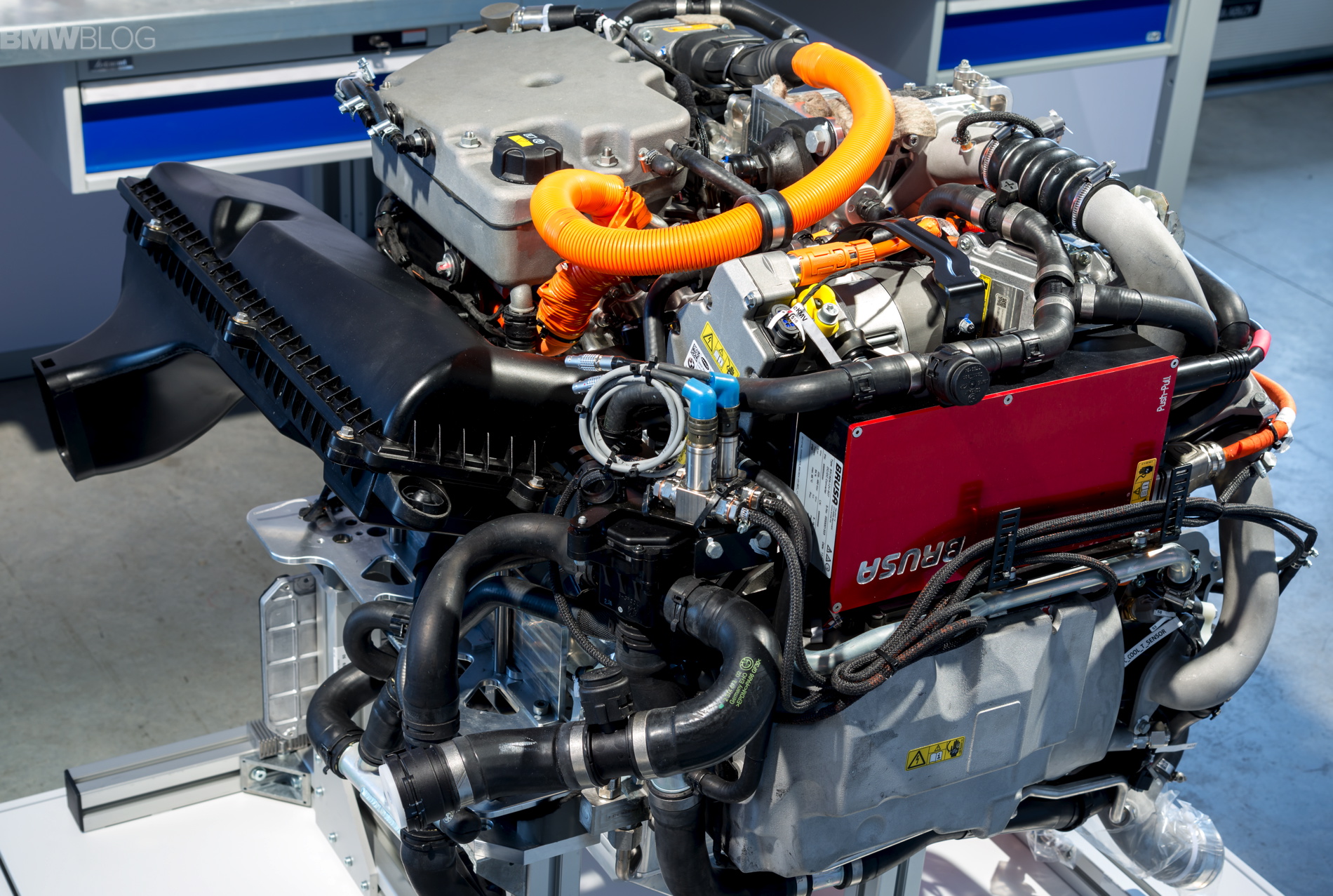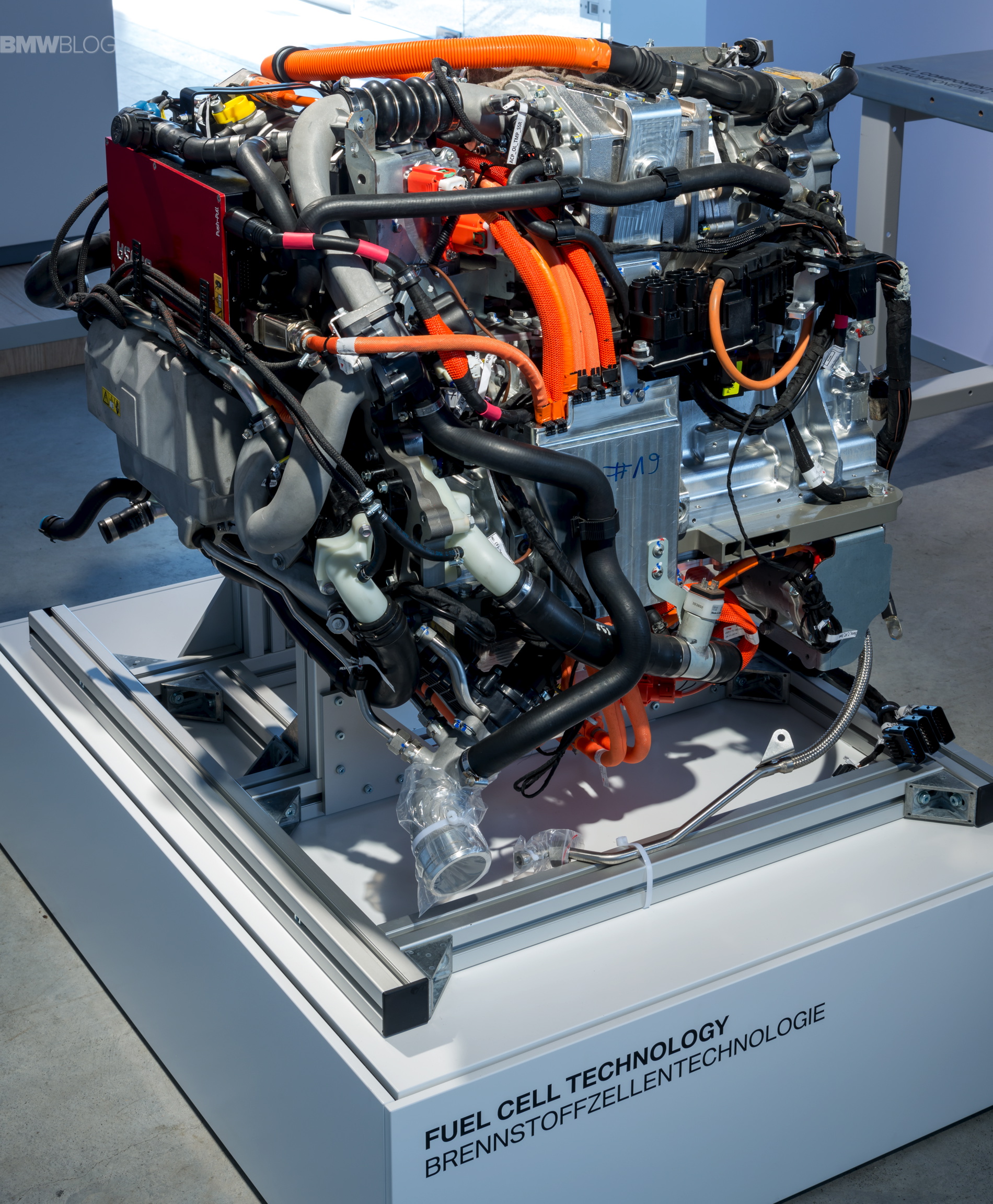
However, there are a few important differences – one is that hydrogen at filling stations is usually measured in kilograms rather than litres.
Hydrogen fuel cell how to#
How to fuel a hydrogen car?įrom the driver's perspective, the refuelling process looks similar to that of a combustion car. However, there are many projects which assume the construction of new hydrogen filling stations in the coming years. In Poland, the first station of this type was set up only a few months ago, and in the whole of Europe their number is estimated at a little over 200. development of the electromobility – what are advantages of HEV, PHEV, FCEEV cars?Īt present, however, the lack of available infrastructure for supplying hydrogen cars is a major obstacle. One 'tank' in the latest hydrogen cars allows you to travel even more than 700 km, which is a significant advantage over other electric vehicles. One decisive advantage in the day-to-day operation of a hydrogen car is the wide availability of this element – it can be found almost anywhere, thus keeping costs at a minimum.

Among other things, it is worth paying attention to the regulations in force – the European Union, together with other organizations, is currently putting great emphasis on eco-friendliness in road traffic, supporting initiatives related to alternative fuels and clarifying legal issues related to electromobility. However, their number is steadily increasing and the growing popularity is the result of a combination of several important factors. See more: Shock absorbers for automotive hydrogen storage tanks Hydrogen cars – technology, infrastructure and other factors influencing their implementationĪlthough the technology for both hydrogen fuel cells and hydrogen engines is now quite advanced, we are still quite far from large-scale adoption of this type of technology. There are already several models from top brands with such a drive – the efficiency of hydrogen fuel cells is quite high, which allows them to be used even in buses. Hydrogen fuel cell engines are a solution that is being adopted by an increasing number of car manufacturers. This last point, in particular, is worth noting.


Hydrogen fuel cell free#
energy technology – for supplying energy to places where free access to the power grid is impossible.Hydrogen fuel cells find quite a few applications in various industries: Some cells use compounds containing a large amount of hydrogen, such as methane or methanol, instead of pure hydrogen – in these cases the efficiency is slightly lower, and the combustion process also produces a small amount of carbon dioxide. The principle of a hydrogen fuel cell is quite simple: hydrogen releases electrons, which then react with oxygen to produce electricity, leaving only steam as a by-product of the reaction. Batteries are based on reactions that can lead to changes in the substances used – hence the need for charging, which involves reversing these processes. This is another important aspect concerning the differences between fuel cells and galvanic cells. Thanks to the use of hydrogen, the fuel combustion process does not change the chemical composition of the electrolytes or electrodes. See more: How to reduce carbon footprint for the automotive sector? How does a hydrogen fuel cell work? This, among other things, eliminates the harmful substances produced during the combustion process – instead, only steam is released into the environment. The electrodes are immersed in an electrolyte and use hydrogen (at the anode) and oxygen (at the cathode). Hydrogen fuel cells are the most widely used variant. Unlike these types of components, fuel cells do not need to be recharged and can start operating almost as soon as they are supplied with fuel. Operation of hydrogen fuel cells, however, is completely different from that of galvanic cells, which include batteries and accumulators. The function of a fuel cell – regardless of its type – is to generate electricity through the oxidation of the fuel that is supplied to it. But first, it is worth finding out what this type of system looks like and how it can supply energy to a vehicle's engine. At the same time, it is important to remember that hydrogen fuel cells, just like any other technology, have certain limitations. This solution has numerous advantages, and there are many indications that hydrogen powered cars will become increasingly popular. In the near future, hydrogen fuel cells could be widely used in motor vehicles.

What is a hydrogen fuel cell and how does it work? What is a hydrogen fuel cell? Hydrogen fuel cell technology could prove to be the most cost-effective automotive power generation option available today.


 0 kommentar(er)
0 kommentar(er)
